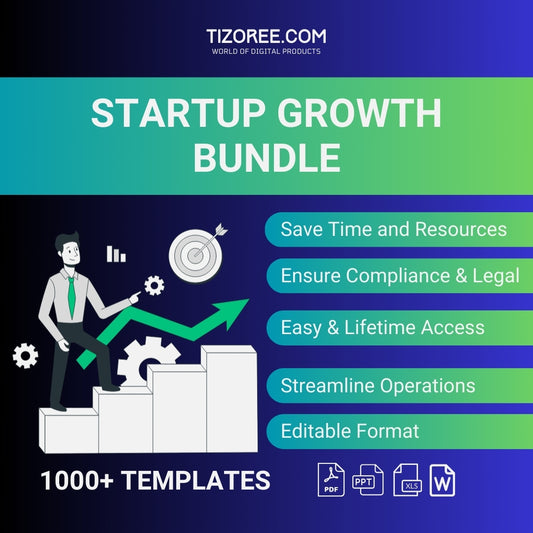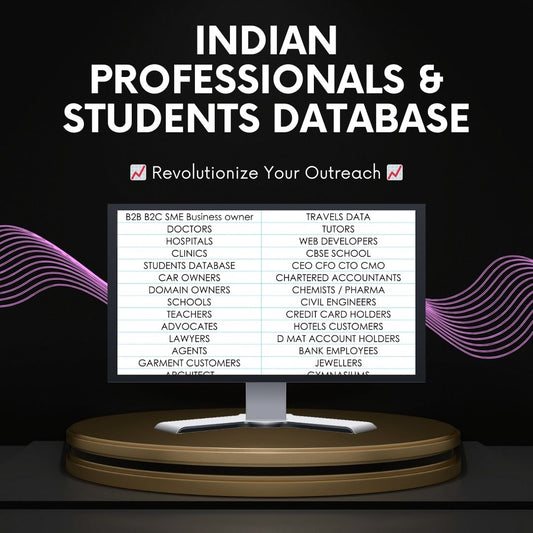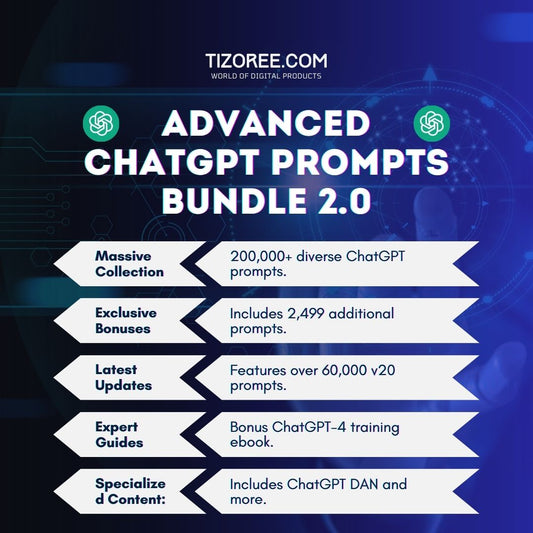ChatGPT: A Comprehensive Guide for Beginners
Share
ChatGPT, developed by OpenAI, has gained immense popularity as a powerful AI language model. Many beginners are eager to explore its capabilities but may be unsure where to start.
Introduction to ChatGPT
This guide will walk you through the essential steps to set up and effectively use ChatGPT, from account creation to advanced usage techniques.
Creating Your OpenAI Account
The first step to using ChatGPT is creating an account with OpenAI. This process is straightforward and can be completed in just a few minutes. Let's break down the steps.
- Visit the OpenAI website.
- Click on the sign-up option.
- Choose to sign up with an email address or a Google/Microsoft account.
- Follow the prompts to verify your email and phone number.
Once your account is created, you can access the ChatGPT interface at chat.openai.com. The first time you log in, you may be prompted to provide additional information, such as your name and phone number, for verification purposes.
Understanding the ChatGPT Interface
Upon logging into ChatGPT, you'll be greeted by an intuitive interface. The main elements include:
- A sidebar for navigation.
- An input area to type your prompts.
- Feedback options for responses.
The sidebar features options like resetting the conversation and accessing example prompts. The input area is where you can type your questions or commands to interact with the AI.
Using Prompts Effectively
Prompts are the key to unlocking ChatGPT's potential. Crafting effective prompts can lead to more accurate and relevant responses. Here are some tips:
- Be clear and concise.
- Specify the type of information you seek.
- Use follow-up questions to refine responses.
For example, if you ask, "What is 10 plus 9?" ChatGPT will respond with "19." You can follow up with "Explain how you got that answer" for a deeper understanding.
Exploring ChatGPT's Capabilities
ChatGPT can perform a variety of tasks, making it a versatile tool for users. Here are some common uses:
- Answering questions.
- Providing explanations.
- Generating text based on prompts.
- Creating lists and summaries.
- Assisting with coding tasks.
Each of these capabilities can be explored through targeted prompts, allowing users to discover the full range of ChatGPT's functionalities.
Advanced Prompting Techniques
As you become more comfortable with ChatGPT, you can experiment with advanced prompting techniques. Here are some examples:
Generating Lists
To create a list of items, simply ask ChatGPT. For instance, "Give me 10 seafood dishes." This will yield a list of options with varying levels of difficulty.
Creating Shopping Lists
After generating a list of dishes, you can ask ChatGPT to create a shopping list based on selected items. For example, "Create a shopping list for shrimp and salmon burgers." ChatGPT will provide the necessary ingredients.
Assisting with Coding
ChatGPT can also help with coding tasks. For example, you can prompt, "How do I make an HTTP request in JavaScript?" ChatGPT will respond with code snippets and explanations.
Common Challenges and Solutions
While using ChatGPT, you may encounter some challenges. Here are a few common issues and how to address them:
- Inaccurate Responses: If you receive an incorrect answer, try rephrasing your question.
- Server Errors: Refresh the page or log out and back in if you encounter errors.
- Limited Knowledge: Remember that ChatGPT's training data only goes up to 2021, so it may not have current information.
Creative Uses of ChatGPT
ChatGPT's versatility extends beyond straightforward tasks. Here are some creative ways to utilize it:
Storytelling
You can ask ChatGPT to generate short stories or even interactive text-based games. For instance, "Tell me a story about a rabbit and a turtle." This can lead to engaging narratives.
Generating Humor
ChatGPT is also capable of creating jokes and puns. You might ask, "Tell me a nerdy joke," and receive a humorous response tailored to your request.
Content Creation
For bloggers and content creators, ChatGPT can assist in generating article ideas, outlines, and even full drafts. For example, "Suggest 10 blog topics about graphic design." You can refine these suggestions and develop them into comprehensive articles.
Summarization and Keyword Extraction
ChatGPT can help summarize documents or extract important keywords. For example, you could provide a paragraph from a legal document and ask, "Summarize this in simpler terms." This is beneficial for understanding complex texts.
Creating Professional Documents
ChatGPT can assist you in creating various professional documents, including cover letters and resumes. You might prompt, "Write a cover letter for a junior developer position." The AI will generate a well-structured letter that you can customize.
Conclusion
ChatGPT is a powerful tool that can enhance productivity, creativity, and learning for users of all levels. By understanding how to effectively use prompts and explore its capabilities, you can leverage this AI to meet your needs. Whether you are looking for answers, generating content, or simply having fun, ChatGPT is ready to assist you on your journey.



